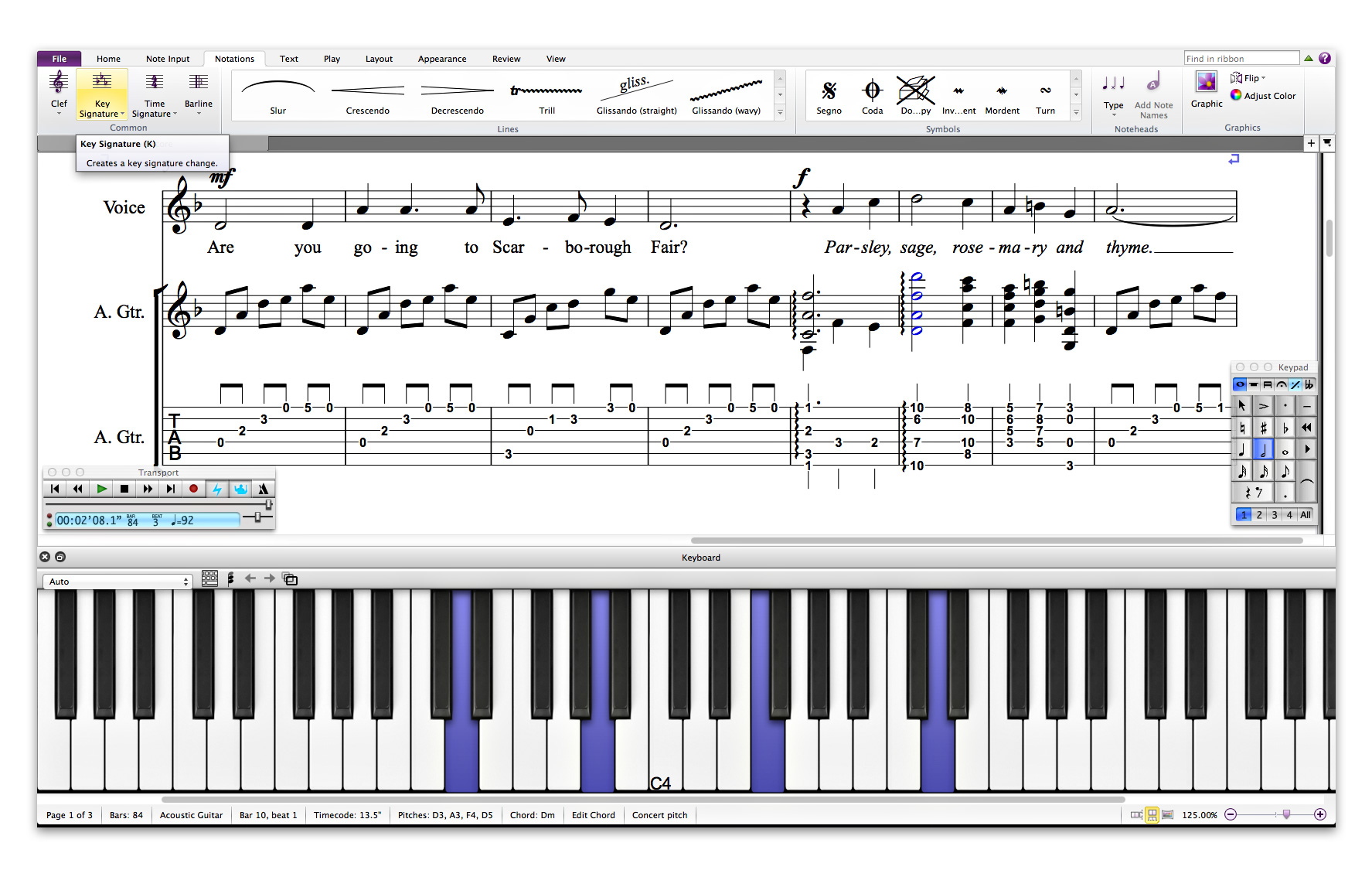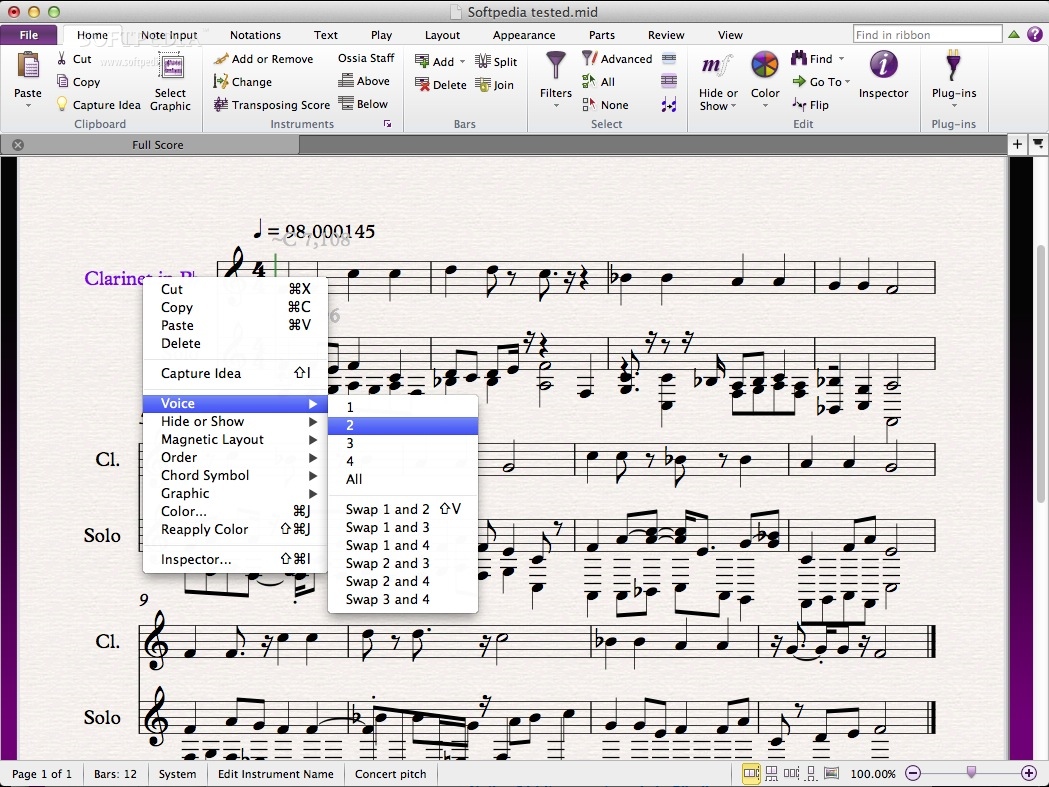

Andante mosso, quasi allegretto – Poco a poco stretto – Tranquillo – Poco a poco stretto – Ritenuto al tempo I (in G major).Tempo molto moderato – Allegro moderato (ma poco a poco stretto) – Vivace molto – Presto – Più presto (in E ♭ major).

This symphony is unusual in its structure: Performed by the Berlin Philharmonic under Herbert von Karajan

The symphony is scored for 2 flutes, 2 oboes, 2 clarinets, 2 bassoons, 4 horns, 3 trumpets, 3 trombones, timpani, and strings. The Finnish conductor and Sibelius specialist Hannu Lintu, in discussing Symphony No. 5 on television in 2018, said that Sibelius seems to have made a definite choice, a year or two after his previous symphony, to stay within the frames of harmonic language of late-19th-century romanticism instead he would innovate in the realms of macrostructure and instrumental colouring. These events may have brought Sibelius to a point of crisis, forcing him to choose between changing his style to fit with the radical changes in tonality and rhythmic language prevalent among younger composers around 1910, or continuing to develop the musical language he felt familiar with. Though he had been in the public spotlight for nearly twenty years, Sibelius found his works receiving poor reviews for the first time with the 1911 premiere of his Symphony No. 4 and, as James Hepokoski has written, "was beginning to sense his own eclipse as a contending modernist." Maurice Ravel and Claude Debussy were at work developing and performing their impressionistic music. From 1910–1913, Igor Stravinsky premiered his innovative and revolutionary ballets The Firebird, Petrushka, and The Rite of Spring. In 1909, Arnold Schoenberg pushed for more and more dissonant and chromatic harmonies in his Five Pieces for Orchestra, Op. Meanwhile, various landmark works in other genres had presented further radical developments. The 1910s were a decade of change for the symphonic form, which had by then existed for well over a century. Sibelius commented on his revision: "I wished to give my symphony another – more human – form. The 1919 version seems more straightforward, monumental and classical, and also cleared away some digressions and ornaments. The first version of the new symphony kept much of his familiar orchestral style (consonant sonorities, woodwind lines in parallel thirds, rich melodic development, etc.) but also shows some similarities with the more modernist Fourth Symphony, featuring a few bitonal passages. The final version, which is the one most commonly performed today, was premiered again by the Helsinki Philharmonic, conducted by Sibelius, on 24 November 1919. The second version, only part of which survives, was first performed by the Orchestra of Turun Soitannollinen Seura in Turku exactly one year later.

The original version of the work was premiered by the Helsinki Philharmonic Orchestra, conducted by Sibelius on 8 December 1915, his 50th birthday. The symphony was originally composed in 1915 it was revised in 19.ĭuring its composition, Sibelius wrote of the symphony in his diary, "It is as if God Almighty had thrown down pieces of a mosaic for heaven's floor and asked me to find out what was the original pattern." Sibelius was commissioned to write the symphony by the Finnish government in honour of his 50th birthday, 8 December 1915, which had been declared a national holiday.


 0 kommentar(er)
0 kommentar(er)
